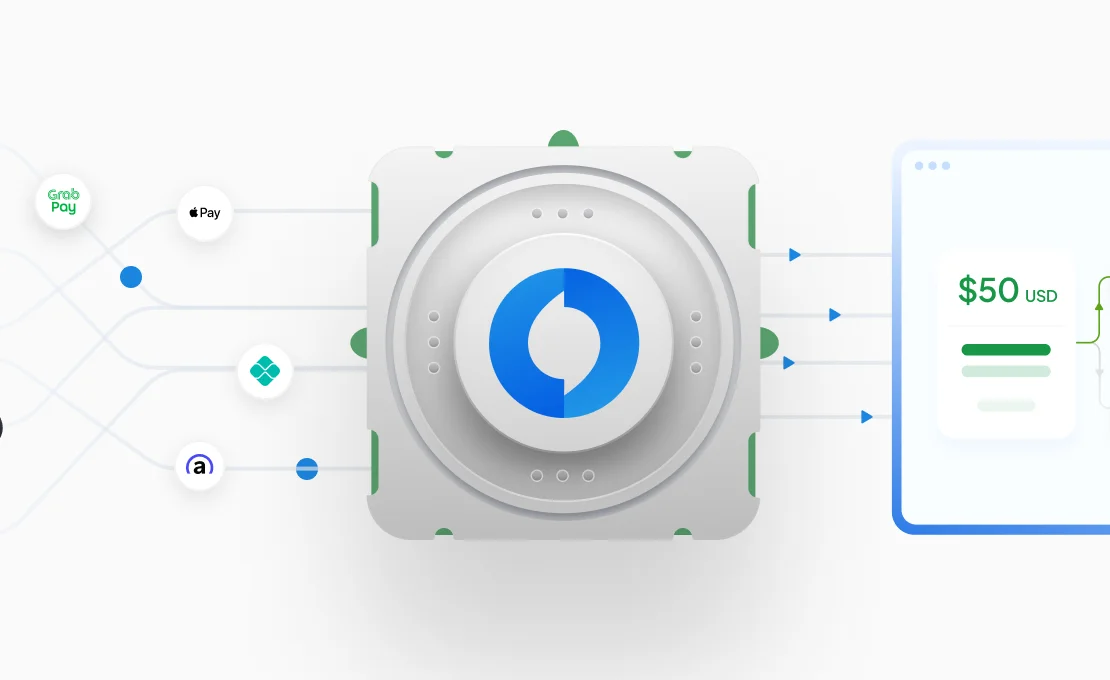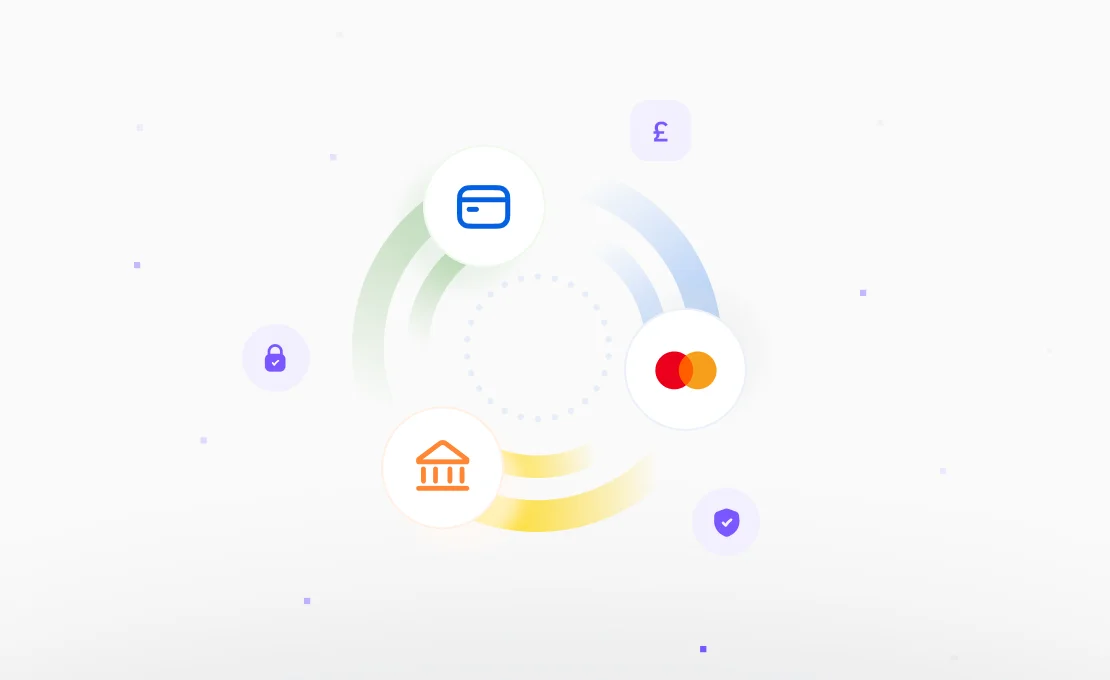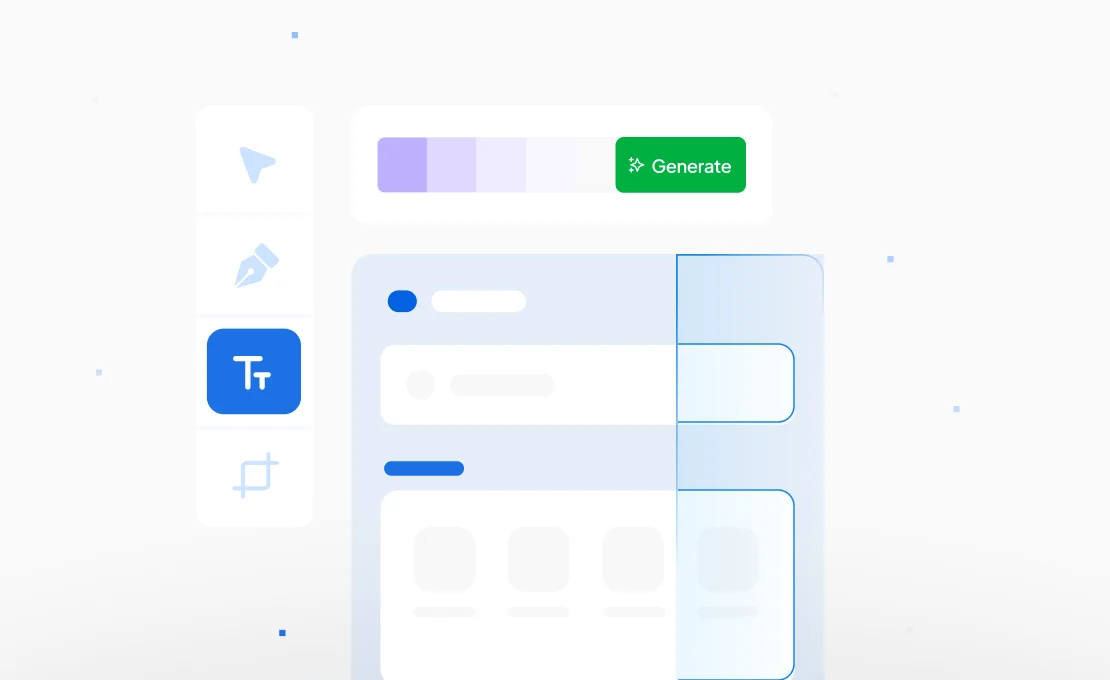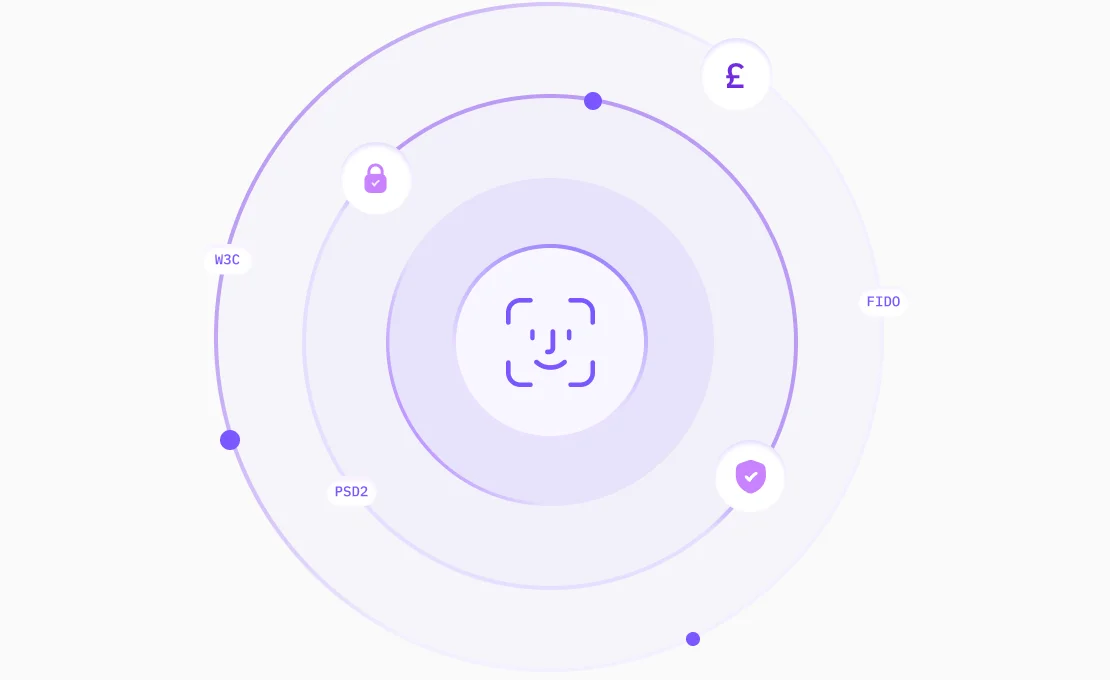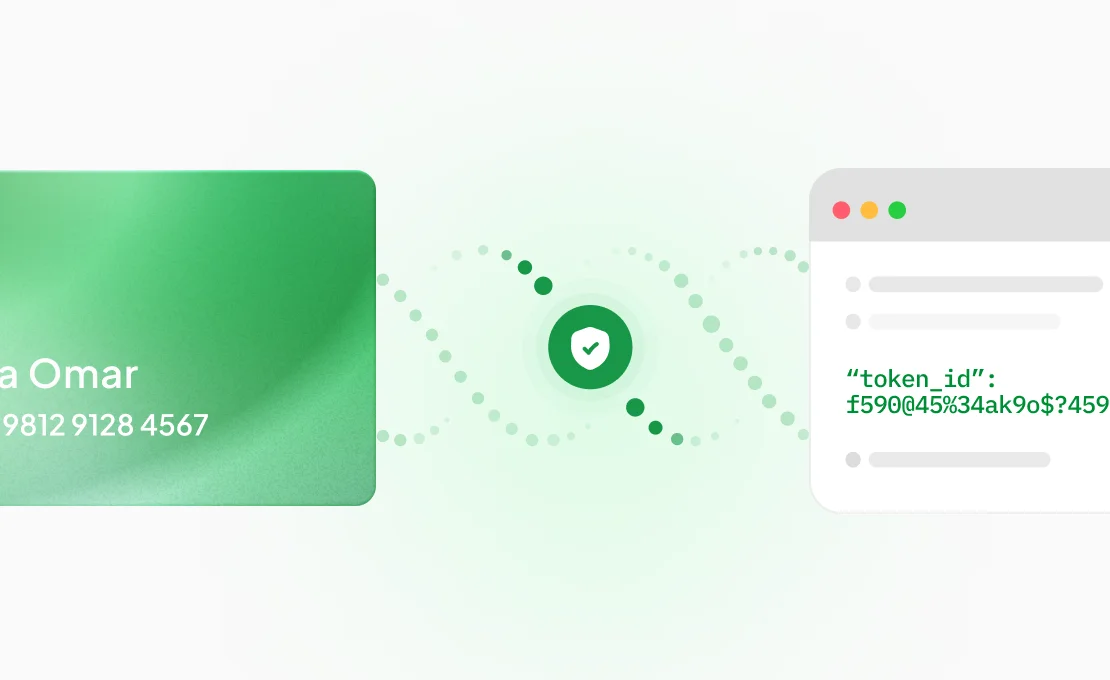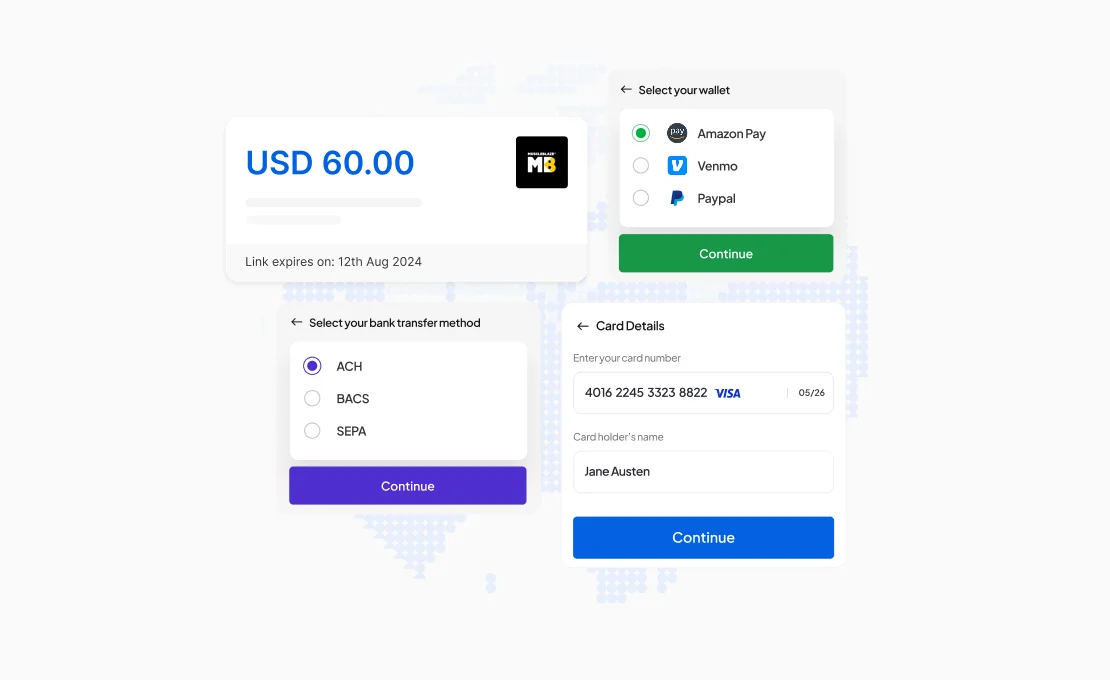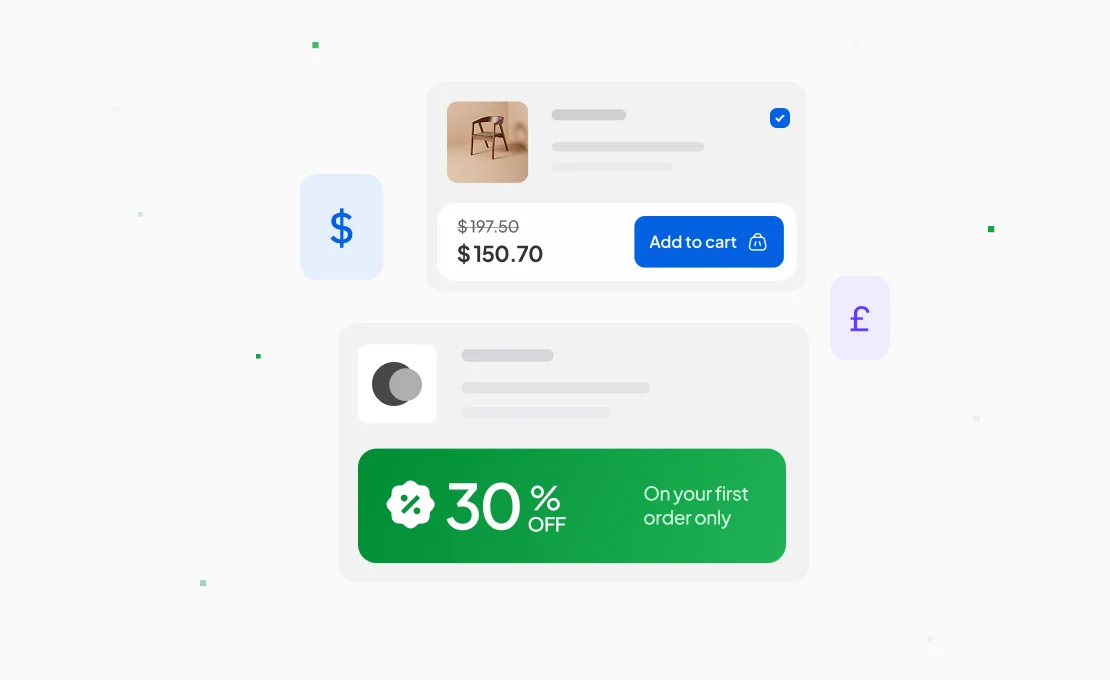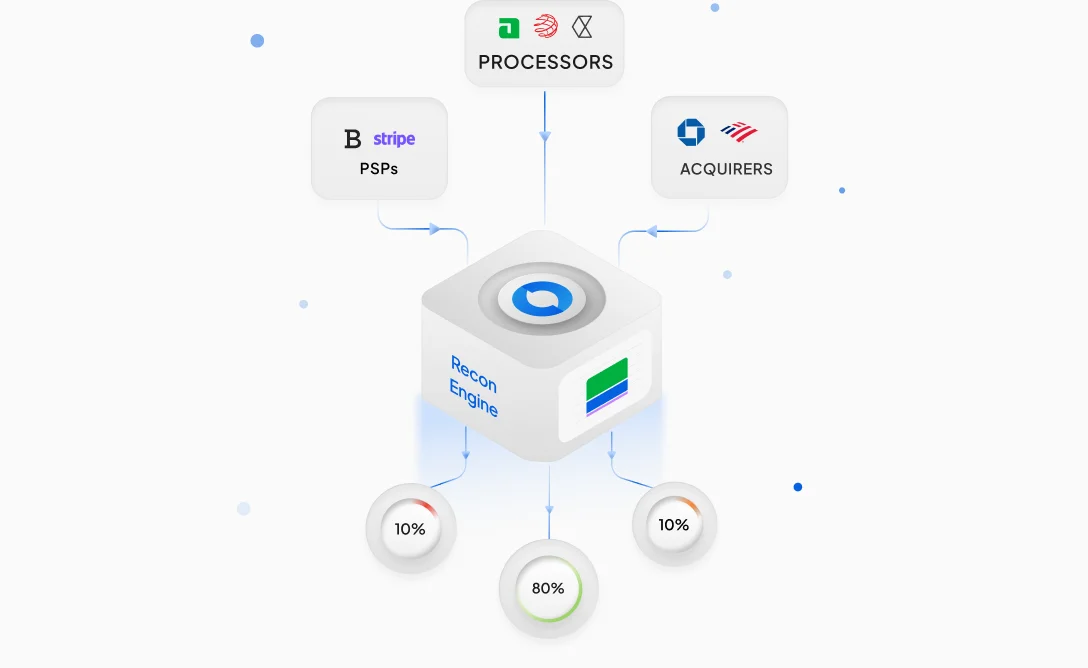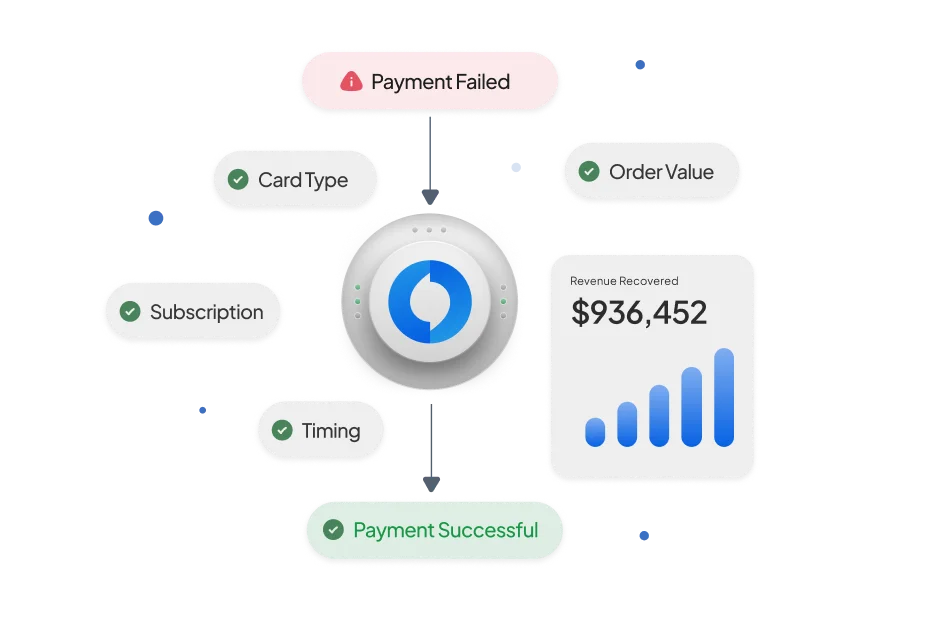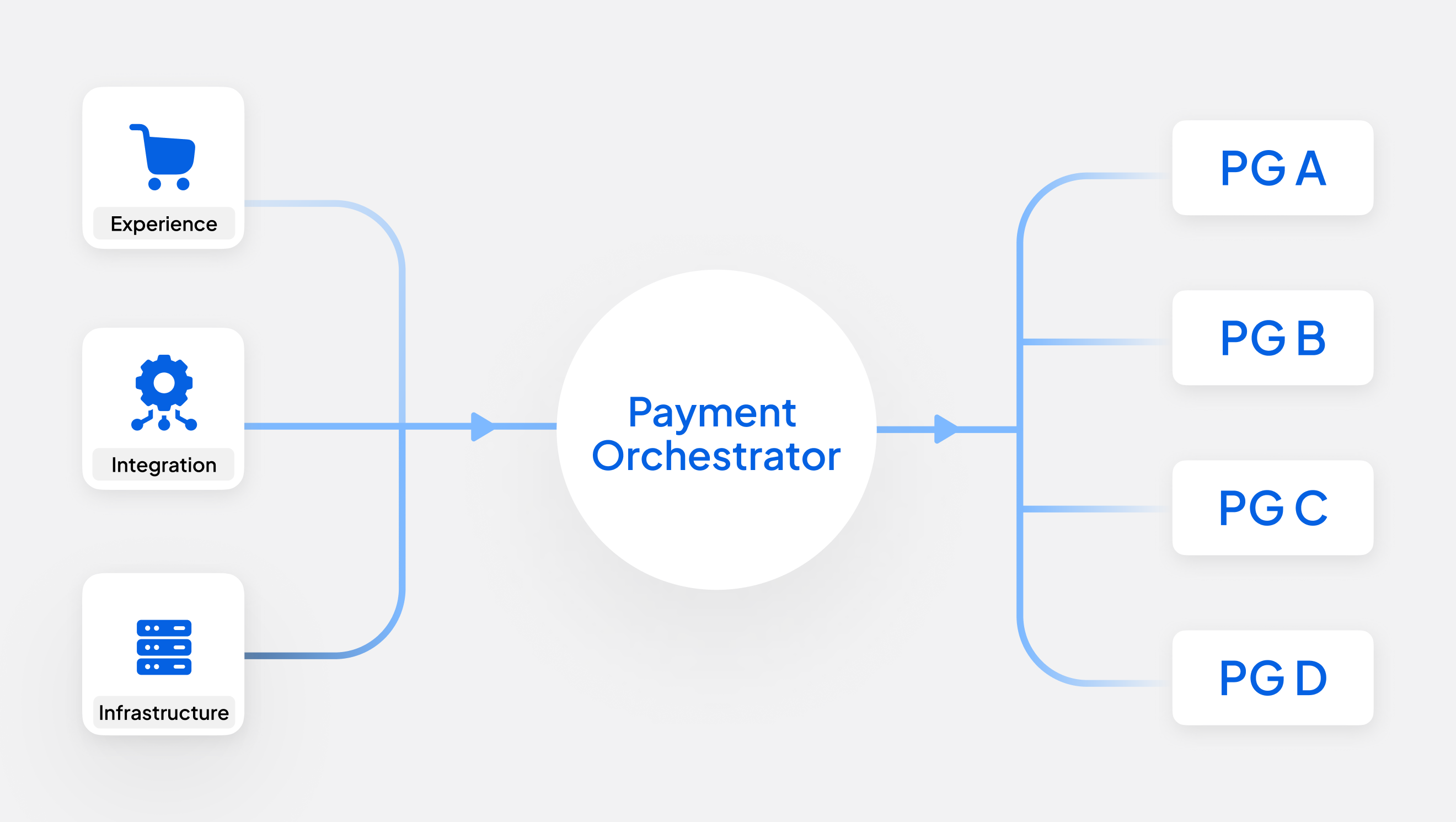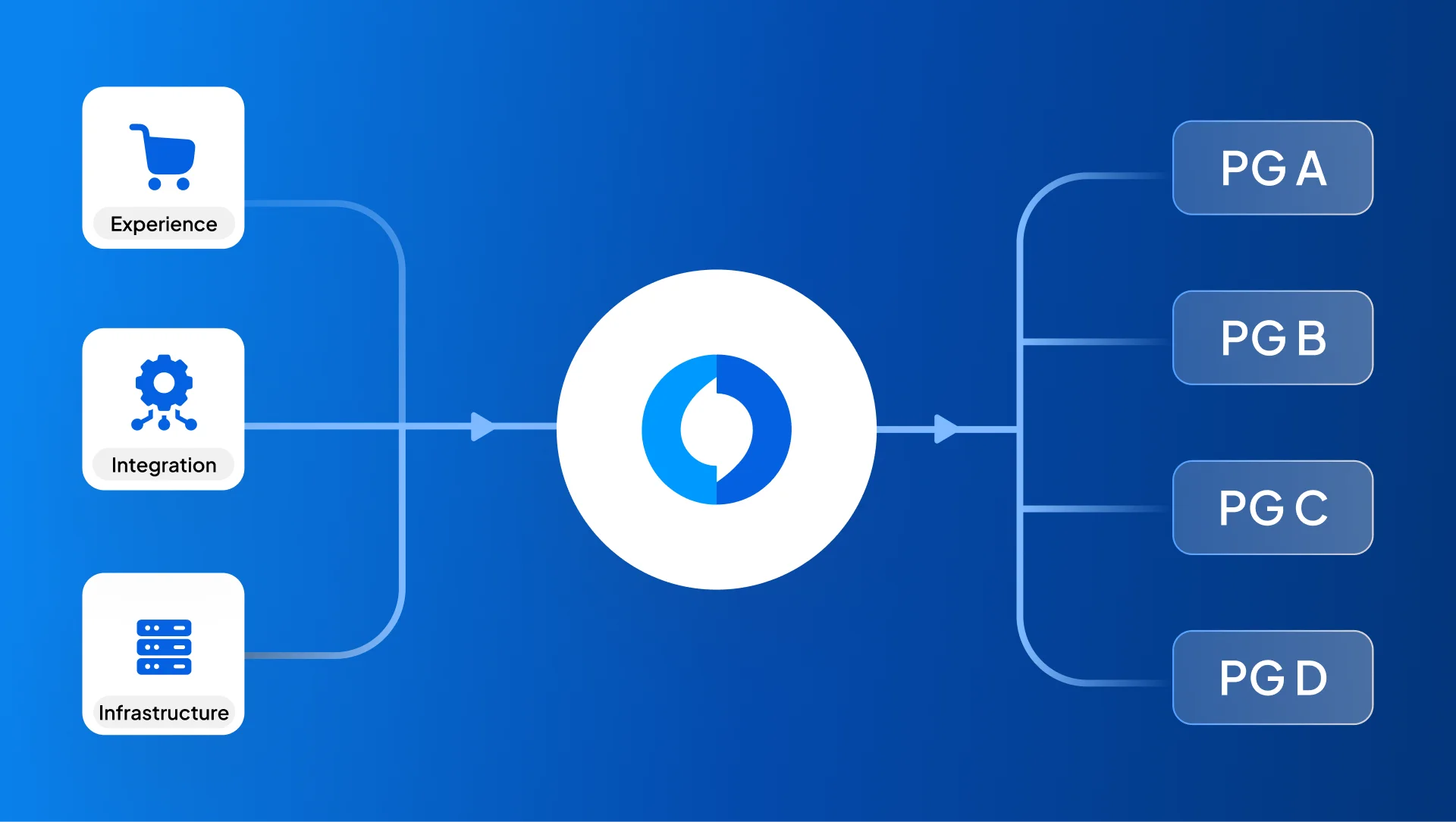As product teams grow and design systems evolve, maintaining consistency across every screen, feature, and team becomes a real challenge. It’s not enough to create great designs, we need to ensure those designs are implemented correctly, reviewed efficiently, and tracked across the product lifecycle.
At Juspay, we’ve built a suite of AI-assisted tools that help us enforce quality at scale. These tools don’t just surface inconsistencies they prevent them. They make it easy for designers to validate their work, for developers to meet visual standards, and for teams to measure design system adoption in real time.
Design System Coverage Plugin: Measure What Matters
Consistency is only real if it’s measurable. Our Figma plugin checks how much of a design uses official dashboard system components and gives a coverage score.
Designers run it on any frame before handoff. The plugin analyzes each layer and logs whether it’s from the design system or not. Results are stored and visualized in a central design system analytics dashboard (can be accessed here), showing adoption rates by designer, team, and figma files.
This helps us track gaps, improve onboarding, and set clear design system goals which is backed by data and not assumptions.
Chrome Extension for Design QA: Review Every PR with Confidence
Manual UI reviews slow down releases. Our Chrome extension automates this. For every Bitbucket PR tagged as design-related, developers must run the extension on all updated frontend routes. It checks the live UI, compares it to our design system, and posts a design system + token coverage report directly into the PR description.
If the report is missing, our internal bot blocks the PR. Once the extension updates the PR with results, the bot auto-approves it. This ensures no design PR ships without automated QA and no developer is blocked without clear guidance.
Component Token Generator: Create Tokens, Not Headaches
Design tokens define the visual DNA of any design system. But managing them manually is slow, error-prone, and inconsistent.
Our internal token generator solves this. Designers describe the component and its states in plain text (e.g., “Primary button with hover, disabled states”), and the tool outputs a structured, standardized token set ready to use for both Figma and JSON export.
This ensures designers and devs use the same tokens with the same names reducing misalignment and making new component creation nearly effortless.
Design quality doesn’t stop at the design phase it must persist through implementation and scale across teams. These tools and plugins ensure that consistency is not just encouraged but enforced from Figma files to frontend PRs.
These tools act as automated gatekeepers of our design system, tracking component usage, validating token application, and blocking inconsistent UI before it reaches production.
They’ve helped transform our design system from a static library into a living, measurable standard. Teams are now empowered with real-time feedback, visual insights, and AI-powered assistance ensuring that the system grows with intention, not drift.
